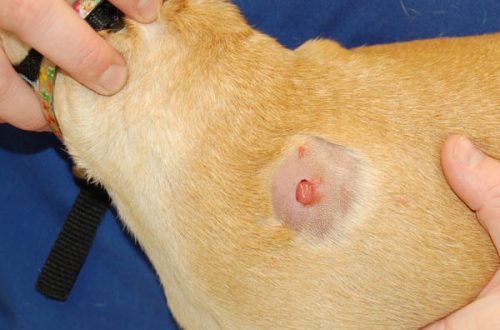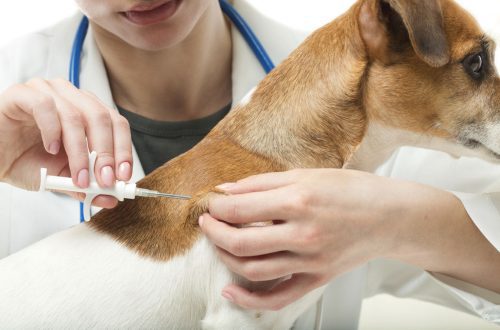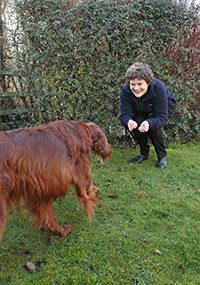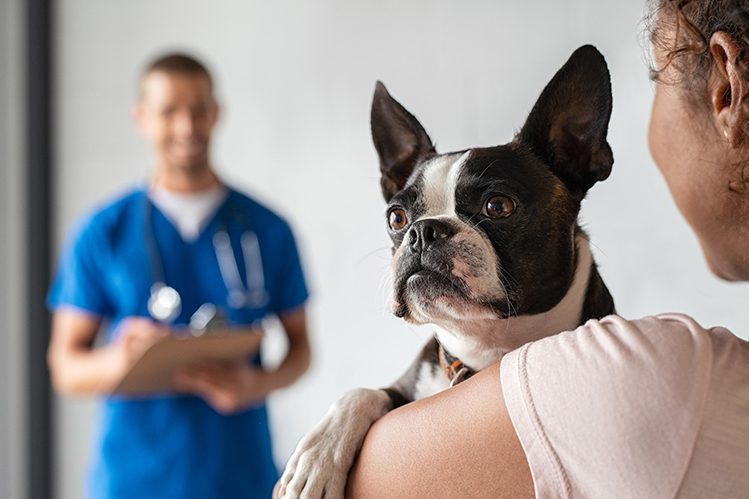
Three especially dangerous viral diseases of dogs
Dogs have especially dangerous viral diseases, from which they can be protected by preventive measures. It is very difficult or even impossible to save an already sick pet. We will tell you in detail about three dangerous viral diseases – rabies, canine distemper, parvovirus enteritis – and we will name a way to protect your pet from these ailments.
Rabies is a particularly dangerous deadly infectious disease caused by the rabies virus.
It is a mortal danger not only for pets, but also for humans.
The disease is transmitted with the saliva of a sick animal when bitten. And it can be not only a dog. Among the main distributors of rabies in nature are the red fox, raccoon dog and hedgehog.
Once in the wound, the virus spreads along the nerve pathways and reaches the brain, where it multiplies rapidly. The rabies virus infects the nerve cells of the brain, the hippocampus, gets to the spinal cord, and causes significant disturbances in the work of the dog’s body. Meningoencephalitis and other inflammatory processes begin, other dystrophic and necrotic changes occur. Death occurs due to asphyxia and cardiac arrest.
The virus gradually enters all organ systems, including the salivary glands. The incubation period is usually two to three weeks. The danger is that the saliva of a pet with rabies becomes contagious two to ten days before the onset of clinical symptoms.
The typical course of the disease can be divided into three stages. One to three days takes the early period. There is a sharp change in behavior, depression, anxiety, pain at the bite site, fever. Then the sick dog becomes aggressive, salivation increases, there is a feeling of fear, rabies, high sensitivity to noise and bright light. This stage lasts from one to four days.
In the third stage of the disease, the dog ceases to be hyperactive and restless, but this is an imaginary improvement. At this moment, paralysis of the hind legs, eye muscles begins, due to paralysis, the jaw begins to sag. The dog absorbs inedible things like rags, stones. Paralysis of the respiratory muscles causes death by suffocation. In general, the duration of the disease is from five to 12 days.
With an atypical course of the disease, some of the symptoms of rabies in a dog are absent or mild. Aggression, excitement may be absent, but paralysis can begin very quickly. The disease proceeds a little more slowly than in the variant described above. In such cases, the final diagnosis can only be made after the death of the pet.

Plague of carnivores is an acute or subacute viral disease, it is characterized by inflammation of the mucous membranes with a profuse discharge of secretions, fever, lesions of the skin and CNS (central nervous system). A combination of these symptoms is possible.
The disease is easily transmitted from pet to pet. Infection with canine distemper occurs through the organs of the digestive system and respiratory tract. The plague virus that enters the body of a dog penetrates the circulatory system and tissues.
In the environment, the virus appears with the secretions of sick pets – discharge from the eyes, nose, mouth, stool and urine, dead epithelium. A dog can become infected not only through contact with a sick pet, but also through care products – bedding, bowls, leashes, brushes. The virus can be carried by a person – for example, on the soles of street shoes.
Canine distemper in dogs can develop in various forms – from fulminant to atypical course of the disease. According to clinical symptoms, catarrhal, intestinal, pulmonary, nervous, skin and mixed forms of plague are distinguished. But the division is conditional. The virus infects all systems of the body. One strain can cause different symptoms in different individuals. Puppies under the age of three months are especially vulnerable to the virus, the mortality rate of this category of pets in case of infection reaches 100%.
Plague treatment is most effective in the early stages. The veterinarian prescribes therapy aimed at eliminating the cause of the disease – the pathogen. Plague is accompanied by many symptoms, so the doctor, when prescribing treatment, uses an individual approach and focuses on the signs of the disease in the dog.
Parvovirus or hemorrhagic enteritis of dogs is an acute viral disease with a high risk of infecting other pets from a sick individual. Veterinarians call parvovirus enteritis one of the most common infectious diseases of dogs. Experts believe that the disease becomes widespread with a high density of the dog population.
Parvovirus enteritis in dogs is accompanied by vomiting, bleeding inflammation of the gastrointestinal tract, damage to the heart muscle, leukopenia, and dehydration. Puppies between the ages of two months and a year are most vulnerable; for puppies under five months old, the disease can end in death.
Treatment of parvovirus enteritis in dogs should be individualized, complex, especially in puppies. The veterinarian focuses on the dominant signs of the disease and, already at the stage of preliminary diagnosis, applies therapy aimed at eliminating the cause. The sooner treatment is started, the more effective it will be.
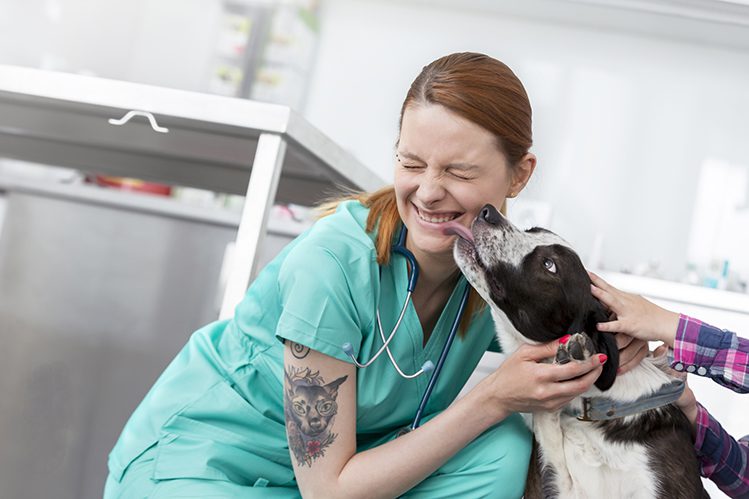
If a pet is suspected of having a viral disease, it should be urgently delivered to a veterinary clinic. Self-medication is completely out of the question.
Vaccination is the best way to prevent viral diseases in dogs. Vaccinations according to the schedule need to be done not only for the puppy. An adult dog needs to undergo a comprehensive vaccination once a year. Getting your dog vaccinated against rabies is life saving. Other viral diseases can be said to be more susceptible to young and immunocompromised dogs.
Follow the safety rules. On a walk, do not allow your pet to pick up and eat something from the ground, drink water from reservoirs with stagnant water, exclude contacts with homeless animals.
Take care of your four-legged friends. Proper diet, comfortable living conditions and timely vaccination will help prevent many troubles. We wish health to your pets!



